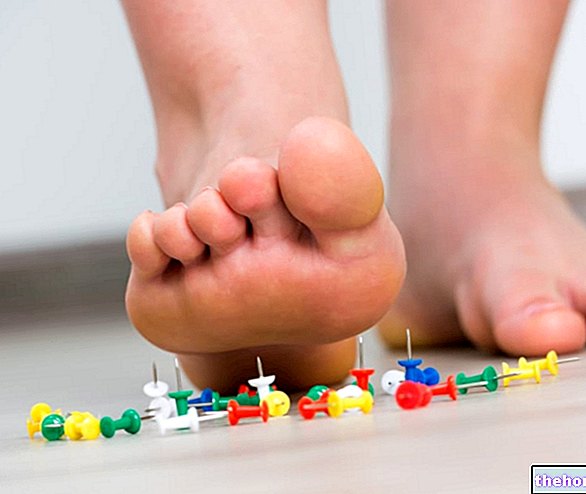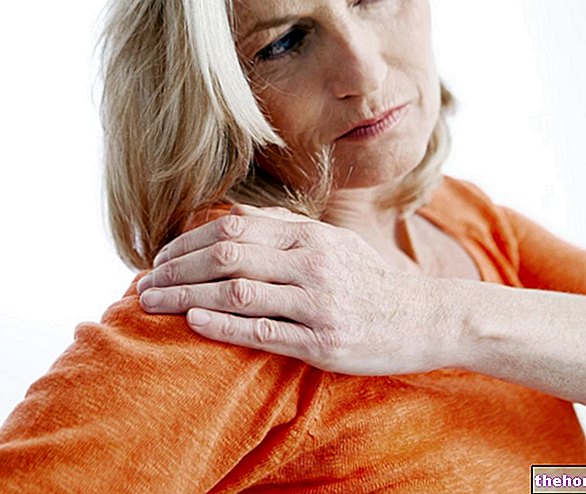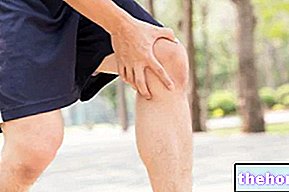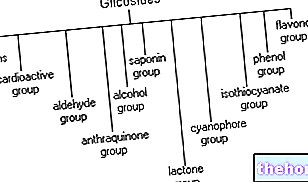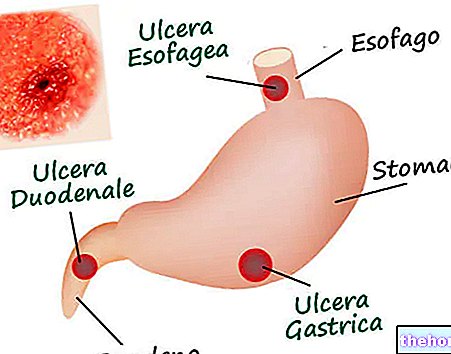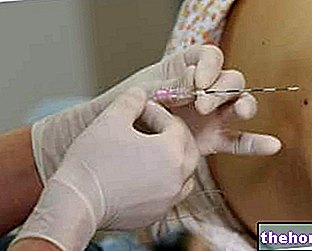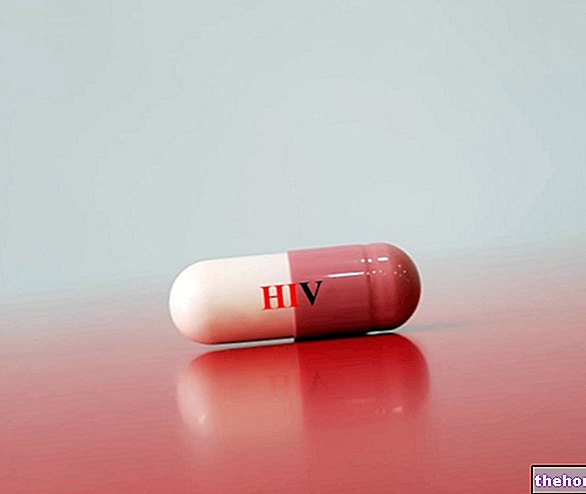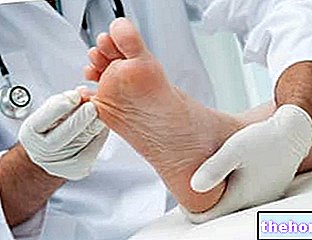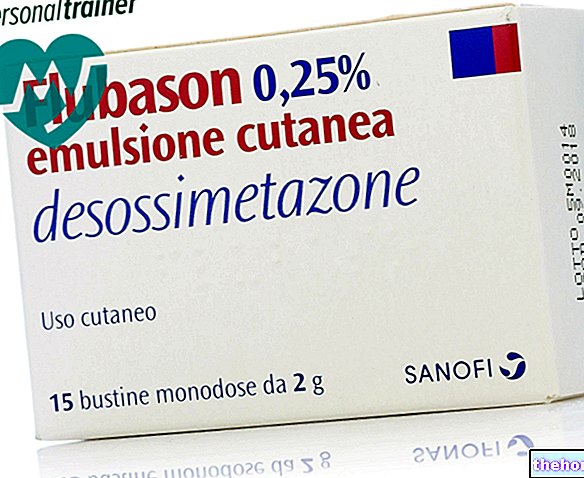
There are many predisposing factors for Achilles tendon enthesopathy. In most cases, this condition depends on the recurrence of microtrauma and mechanical stress, which, over the years, end up damaging the fibers that make up the tendon. Inflammation can also be favored by major traumatic injuries, such as a sudden stretch, and by degenerative alterations.
Overweight and postural defects can also contribute to the onset of Achilles tendon enthesopathy, as well as some drug therapies and systemic diseases (gout, rheumatoid arthritis, psoriasis, etc.).
Achilles tendon enthesopathy manifests itself with acute heel pain; this sensation increases or appears by making a movement that involves the part affected by the inflammatory process. Among the symptoms of Achilles tendon enthesopathy there are also swelling along the tendon sheath close to the heel and stiffness of the ankle. After some time, if the inflammation becomes chronic, a calcification (heel spur) can form.
Achilles tendon enthesopathy is assessed through clinical examination of the patient, supported by diagnostic imaging (radiographs, ultrasound and nuclear magnetic resonance).
Treatment is variable and depends on the extent of the pathology: in some cases, it is possible to resort to various conservative therapies, while on other occasions it is necessary to intervene surgically.
(formed by the gastrocnemius calf muscles and the soleus) and the posterior region of the calcaneal bone.

